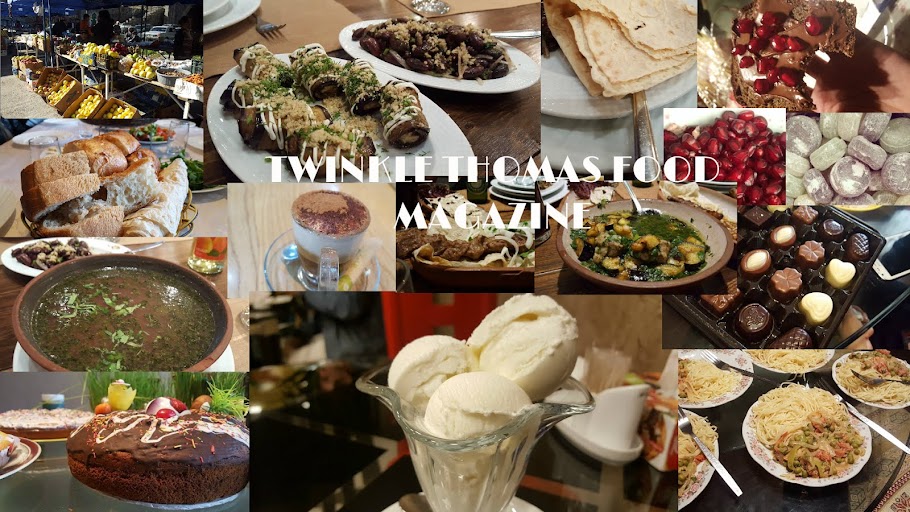 |
| IMAGE OWNER: SOUMYASHREE CHATTERJEE |
The great war of kurukshetra in the mahabharata records a
general of the kauravas named bhagadatta, skilled in fighting from elephants
and hailing from pragjyotishpur. Today pragjyotishpur, the home of the famed
kamakhya temple is known as guwahati- market of gua (betel). Capital to Assam
guwahati is the spring board to all of north east, and nestled in the arms of
lohit or the mighty Brahmaputra is a bustling city. Assam is a land that traces
her roots in the mythology and history of india. Assam tea, the one horned
rhinoceros, gamochas and bihu all add to the mix that makes India distinct.
Bihu is the harvest festival of assam and it was my good
fortune to be invited to a traditional lunch for bihu to one of my friends
house. As I rolled my sleeves to dig into the fare spread for me one taste
blended with another conflicting taste in a continual blend of tangy, hot, yet
low in oil and spices of the mainland. A spread of rice served with fish head
khar, masor tenga,aloo pitika ended with
xukan macher chutney and pitha. Before I go ahead all tehse signature dishes
are unique to assam. A xukan macher chutney is a chutney made of dried fish,
while aloo pitika is a side dish made of mashed potato blended with onions,
green chillis, boiled eggs using mustard oil. Khar in itself is an ingredient
alkaline in nature and is used to cook with a major ingredient and thus imparts
its name to the dish. That brings us to masor tenga. Simply put it’s a tangy
fish curry, but to say it’s just that is like saying the Kohinoor si just piece
of rock. It’s a tingle of the taste buds on account of the sour in it which
mixes with the chillis and stands out in a backdrop which is essentially low in
oil and spices. In fact the hall mark of assamese cuisine is the low use of oil
and spices highlighting the stand out elements of chilli souring agent etc.
Today’s food journey is about masor tenga.
The mighty Brahmaputra, incidentally the 10th
largest river of the world nurtures within his curves the city of guwahati,
affording her rich alluvial plains to cultivate rice and a rich catch of fish
for the fisherman who throws his net in the swirling tempest within him. No
wonder assamese cuisine is based on these two major elements.
Cooking masor tenga is not a very difficult task on account
of minimal use of spice. While this can be cooked with normal green chillies we
will use the bhut jolikas from Nagaland to add a little extra zing in our cook.
This is an excellent food if you are having a bad tummy especially if you curb
the chillies as being low on oils and spices its easy iin the tummy. We will be
cooking a portion to serve 2 people and the ingredients we need are:
Rohu fish- 350-400 gms
Rohu fish- 350-400 gms
Tomato- 4 medium
Haldi (turmeric) powder -
2 teaspoon
Methi (fenugreek) seeds- ½ tea spoon
Bhut joluka (Naga Chilli) 2-3
Lemon juice 2 teaspoon (about)
Dhaniya (Cilantro) leaves 1 sprig
Salt to taste
Mustard oil
Sugar to taste (optional)
To bring out the taste in a conflicting riot I am adding
sugar to the mix, but that is entirely optional. To begin preparation, wash the
fish thoroughly and cut into 4 pieces. Now in a bowl mix the fish with about 1
teaspoon of haldi, a dash of red chilli powder and salt taste. Mix thoroughly
ensuring that the fish pieces are evenly coated by the mix and leave to
marinate for about 15 to 20 minutes. Chop the cilantro and set aside as also
the tomato. The joluka we will just slit down the middle and leave. Once the
fish is marinated, heat mustard oil over a high flame in a deep wok. Now fry
the fish in this oil till it is golden brown, and set aside.
Use this same oil and add the methi seeds and fry till they
go brown. Now add the tomatoes chopped and set aside and the green chilli and
sauté till oil separates from the mix. Now add salt and sugar to taste along
with haldi and let the gravy cook for a bit, about 2 to 3 minutes. Now carefully
slide in the fried fish into the gravy. Cover
the wok and simmer for about 5 minutes to let the fish tender. Once done remove
the cover and cook on low heat for a bit more for the tastes to blend in,
taking care to leave plenty of gravy. Now add the lemon juice and immediately
turn of the heat. Let it sit for a few minute and stir to combine the lemon
juice evenly and add the chopped cilantro. Transfer to a serving bowl and serve
hot with steamed rice.
As I mentioned the hallmark of assamese cuisine is the low
oil and lack of spices in the dish, hence to make this dish stand out my mom’s
secret ingredients become paramount. Care as you blend in the elements, smiles
as you pour your love into the dish to compensate the lack of spices will go a
long way in making the tenga yummy. So load in the smiles and heaps of love
into the cook. Happy cooking and Bon appétit.

Thanks for sharing very interesting blog post with us.Grip Food Vegetable poha
ReplyDelete